
BMW 5-Series Saloon (2010-2017) review
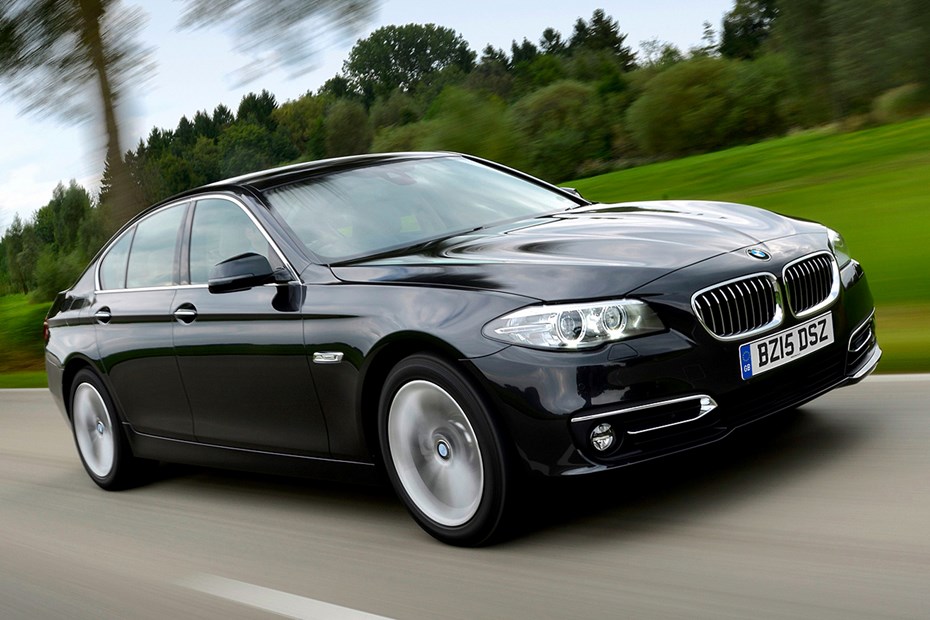
At a glance
| Price new | £30,265 - £58,325 |
|---|---|
| Used prices | £1,964 - £15,920 |
| Road tax cost | £20 - £735 |
| Insurance group | 30 - 46 |
Get an insurance quote with

|
|
| Fuel economy | Not tested to latest standards |
| Range | 416 - 1047 miles |
| Number of doors | 4 |
| View full specs for a specific version | |
Available fuel types
Petrol
Diesel
Hybrid
Pros & cons
- High-class luxury car feel with good handling
- Generous passenger room
- Amazingly frugal 520d version
- Steering lacks some of the feel you'd expect from a BMW
- Expensive when things go wrong
- Some early diesel models aren't ULEZ-friendly
BMW 5-Series Saloon (10-17) rivals
Overview
BMW is renowned for building cars that are great to drive but sometimes at the expense of comfort. When it introduced the F10-generation 5 Series in 2010 it made comfort the priority, taking inspiration from the larger 7 Series without that cars challenging styling.
Keeping to the high-tech, high quality template established by the late-’90s E39 5 Series, the F10 achieved significant progress in terms of safety and efficiency without becoming much larger, though weight crept up. A longer wheelbase means passenger space is impressive, and for families who don’t need the versatility of a hatchback it is one of the best used cars you can find in the UK. If you do need more space, many of the 5 Series’ advantages can be found in the quirky 5 Series GT fastback, or the popular 5 Series Touring estate.
There are plenty of premium executive saloons from this era that represent amazing value second hand – including the 5 Series’ main rival, the Mercedes-Benz E-Class. You could also consider a Jaguar XF, a Volvo S80 or an Audi A6. Few alternatives offer the breadth of abilities and models to suit every budget, however.
Launched at the peak of diesel popularity in the UK, the F10 5 Series kicks off with the economical 2.0-litre 520d which can achieve more than 50mpg while still being capable of 62mph in 8.1 seconds. Six-cylinder options can bring that sprint down to 5.7 seconds and still crack 40mpg. Some versions of 520d were rated for an astonishing (for the size of car) 109g/km, resulting in low road tax (VED).
Petrol models are less economical but minimise the risk of emissions-based penalties for driving in towns and cities, and there is a hybrid option as well – it’s not particularly relevant as a used car, as the advantages were aimed at new company car schemes.
The good news for used buyers is that BMW worked hard to control diesel emissions on this generation, and you stand a good chance of getting a powerful, economical diesel that is still ULEZ exempt. Clean air zones vary by city, so always check your potential purchase first.
BMW 5 Series (F10) buying guide
Common issues, and what to look for if you’re looking at getting one
When looking at the 5 Series as a used buy there a lot of cheap – really cheap – early examples going about in private sales and at the lower end of trade. It’s a generally reliable car, but a sophisticated one that was built using high-quality components. Chances are it’s cheap because those components need replacing after covering big mileages with minimal maintenance – the risk of buying any older, upmarket car.
Aftermarket parts are common for most popular BMWs, and the quality is highly variable. A good example is the extensive range of lights from Depo, which are popular substitutes for no-longer available original parts. While they function well, the difference in fit, finish and quality is instantly apparent and they often fail in three years where the original lasted 15. On any potential purchase study replacement parts carefully and look for receipts for any claimed big repairs. The easiest way to avoid this is to budget more and look for newer and cared-for, privately owned examples – it will probably cost you less in the long run.
BMW 5 Series 2010-2017 known faults and common problems
The sixth-generation BMW 5 Series introduced a swathe of new technologies, and was the first in its class to feature start/stop technology and an eight-speed automatic transmission. It’s worth taking the time to check the original build spec, and making sure everything works. Although it looks bulkier than the previous 5 Series it isn’t much bigger. though the interior is significantly improved.
1. BMW 5 Series (F10) – N47, N57 diesel engines
Good news – the four (N47) and six (N47) cylinder diesel engines in the 2010-2017 5 Series are generally reliable if maintained well. This assumes that the recall for defective EGR units has been carried out on affected vehicles. Look for higher mileage examples with detailed history, as low mileages can imply short low-speed runs which exacerbate issues with anti-pollution hardware such as DPFs. Like most modern diesels, injector leaks and emissions system component failure are the main issues.
The very earliest 520d models can suffer from sticking wastegates on the turbo and may show signs of premature timing chain wear, and both N47 and N57 with variable geometry turbos are likely to need work at higher mileages. The 535d is the one to go for for overall reliability, as it uses two relatively simple turbos. The 518d has remarkably low CO2 for the size of car but only beats the 520d in higher spec trims.
Check for degraded hoses, diesel in the oil, signs of smoke under hard acceleration and on overrun, and check the average economy on the trip computer (sticking wastegates can cause a 30% increase in consumption – if it’s less than 35mpg we’d investigate or walk away). BluePerformance option usually indicates Euro 6 and ULEZ compliance but not all vehicles are correctly recorded. The mid-2013 facelift introduced Euro 6 compliant engines as standard.
2. BMW 5 Series (F10) petrol engines: N20 inc. 528i, N53 and N55 six-cylinder
For fans of the 5 Series’ and BMW’s six-cylinder engines, the F10 has a surprise – the 528i is a 2.0-litre turbo four-cylinder. It’s the same basic engine as the 520i but tuned for 241hp rather than 181hp. Very early models of 523i and 528i used a 3.0-litre six-cylinder engine tuned for 201hp or 255hp, the same engine in the 530i is tuned for 268hp.
Vanos units can fail, identified by rattling at idle and poor performance. The fuel and injection system, particularly the high pressure fuel pump and direct-injection modules themselves, can also give trouble. Most faults will throw an engine code before the car drives badly. Early examples of the 2.0-litre engine could suffer timing chain guide failure, but on all models listen for wear (rattles/clicking from front front of the engine) at higher mileages.
N20 and N55 engines are turbocharged, and the usual wear and smoke issues apply to higher mileage engines. Some models feature an external water pump, which can cause rapid overheating if it fails, and the cooling pipework is very complex. Take a UV torch to check for leaks.
3. Automatic gearbox – BMW 5 Series eight-speed
In common with many modern automatic cars, the first port of call is to get a diagnostic readout. Having said that, the 5 Series’ eight-speed automatic can have problems without recording an error, including jerky shifts particularly at low speeds, and shuddering at idle when in drive.
If the gearbox has been serviced correctly, these issues can often be caused by problems with the engine such as MAF/MAP sensors, fuel pumps and injectors. When testing a car that seems otherwise good, try resetting the gearbox adaptations. We would walk away from any 5 Series with gearbox issues as the chances are even if they are caused by engine management, an auto gearbox specialist is going to charge for a reconditioned gearbox anyway.
4. Manual gearbox and clutch – six-speed
It’s rare to find a manual 5 Series but they are out there. The gearbox itself is fairly strong, but on abused cars the mounts can fail leaving enough movement to knock the car out of gear. Rattles and rumbling at idle can indicate a worn clutch release bearing, and on higher mileage cars be aware that this is a dual-mass flywheel setup so budget to replace it as well as the clutch materials. Failure of the DMF will be indicated by howl, clunk or chattering noises when changing gear.
BMW use a restrictor on some cars to prevent the clutch being applied too aggressively. If you attempt a quick gearchange while accelerating this can feel like a slipping clutch – assess clutch slip by using a high gear and low speed and applying power after the clutch has fully engaged.
5. BMW 5 Series (F10) steering and driver assistance
When test driving the 5 Series listen for grinding and knocking while steering. Where fitted, the electric steering rack can be damaged by water ingress such as driving through floods. Resistance and dragging on hydraulic and electric systems can also be caused by incorrectly inflated tyres and failing suspension components. Check for uneven tyre wear and make sure the tyre pressures are correct before your test drive.
A rare, but useful options, is IAS – integral active steering. This is a rear-wheel steering system that at lower speeds works to make the turning circle smaller and the car easier to park, as well as increasing stability at motorway speeds. It will add cost to any rear suspension repairs and is probably best avoided on a second hand car.
Steering is another area where electrical issues can crop up, including steering angle sensors and parking assistance. Check that Park Assist works as it relies on several supporting modules such as the sensors in the bumper and surround view cameras. Replacement aftermarket cameras are available but diagnosing faults will be expensive if you can’t do it yourself.
6. BMW 5 Series (F10) suspension and subframe
M-Sport models have a fairly harsh ride, particularly on large wheels. It should be quiet and refined, though. Knocks and rattles indicate worn bushes. Pay particular attention to creaking and louder clonking from the back, as it can indicate worn subframe bushings. The subframe itself is an alloy casting and not prone to rust, unlike some rivals.
7. BMW 5 Series (F10) braking system
From a buying perspective all you need to think about is ‘do the brakes work and feel right’. If there are no ABS errors or pad wear warnings, and the car drives well without pulling to either side, then stops cleanly, the 5 Series braking system is straightforward.
After a longer test drive get out of the car and feel for heat from each wheel – you may also smell burnt friction material. This can indicate a sticking caliper even if you didn’t feel any drag, particularly for the rear axle. Check receipts for any brake work done, as there are a lot of cheap third-party brake disc and pad sellers offering 5 Series parts of inferior quality to the OEM ATE and Brembo, or aftermarket EBC standards.
8. BMW 5 Series (F10) rust and bodywork
The F10 5 Series is not particularly rust prone, but the aluminium panels can suffer from paint defects and corrosion. All but the earliest cars will still be under warranty if they have had appropriate servicing and body inspections from a main dealer. When looking at this generation of 5 Series bear in mind a lot of the underside is protected with plastic shielding.
Check for overspray, changes in paint colour and texture, and correct trim to match the original specification. High resale values make the 5 Series a popular car for dealers buying accident damaged salvage, though the main thing to watch for on unrecorded cars is signs of mud and water staining underneath and in the engine bay that can indicate it has been damaged by floodwater.
Check the engine number matches that on on the V5 in such cases, in case a second hand block has been installed after flooding.
9. BMW 5 Series (F10) technology
As one of BMW’s most advanced cars ever – when launched – the 2010-2017 5 Series not only has a vast array of possible gadgets, they evolved over time so a 2017 model may have very different features. 2013 versions have a touchpad on the iDrive controller and are better overall. Make sure everything fitted works – including rear air conditioning if specified – and remember that BMW’s modular tech means enthusiasts could have upgraded older cars.
Any changes should be taken on their own merits, but if they work well they’re generally a sign of an owner who has paid attention to the car and spent some money, so don’t left aftermarket infotainment or upgraded cameras, displays or accessories put you off.
10. BMW 5 Series (F10) ActiveHybrid buying advice
Don’t.
Okay, there may be a good reason to consider one. If you are tempted by the early hybrid 5 Series we would recommend having it inspected by a BMW dealer, or only considering buying one with a good aftermarket warranty. There is no specific issue to watch for, it’s just a needlessly complicated used buy, with few advantages over a well-maintained 530d and a smaller boot.
What’s the 2010-2017 BMW 5 Series like to drive?
Over the next few pages, we’ll review each aspect of the F10-generation BMW 5 Series, taking into account its practicality, comfort, fuel economy and performance. If you’re short on time, you can also skip to our verdict page to see if we recommend the BMW 5 Series as a good used car.



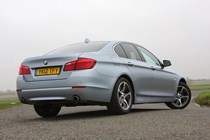
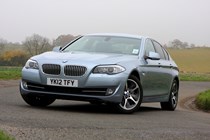
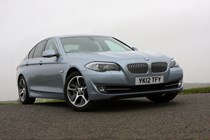
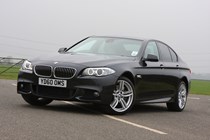
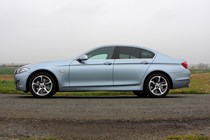

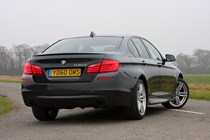
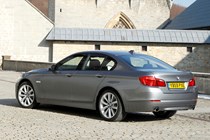
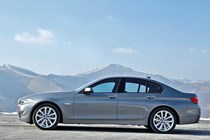
.jpg)
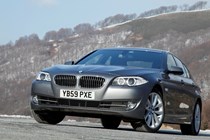
.jpg)
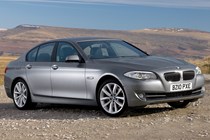
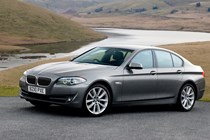
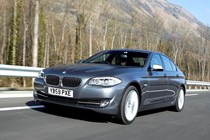
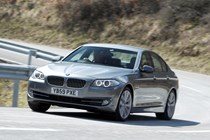

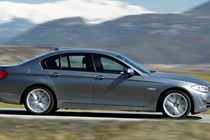
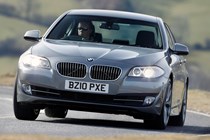
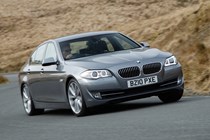
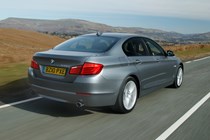
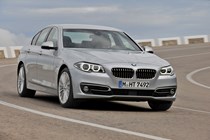
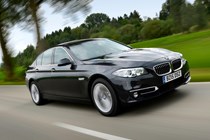
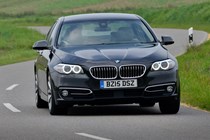
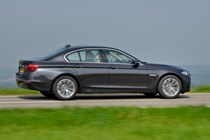
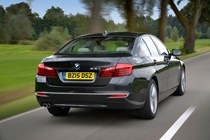
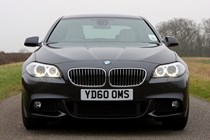
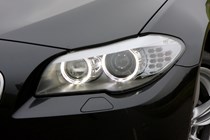
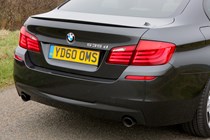
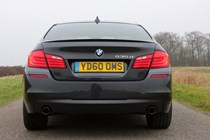
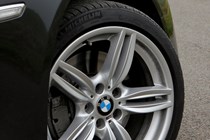

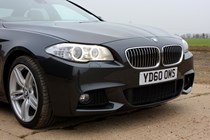
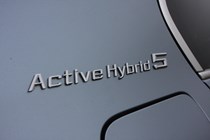
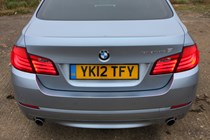
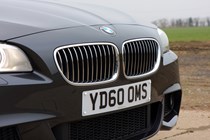
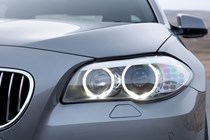
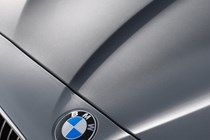
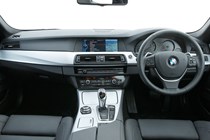
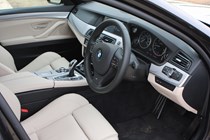
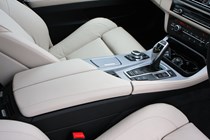
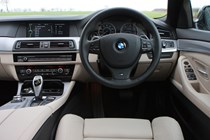
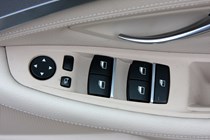
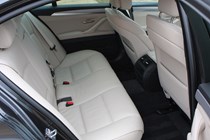
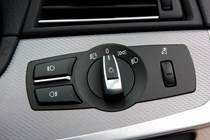
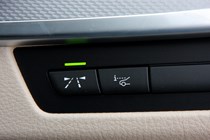
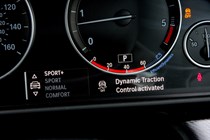
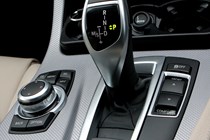
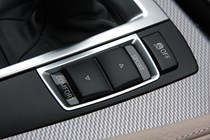
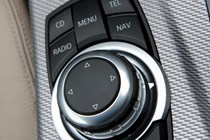
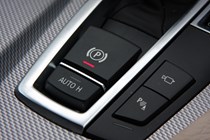
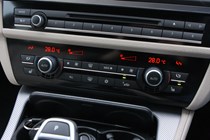
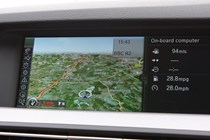
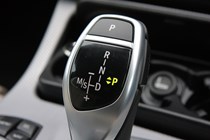
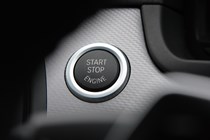
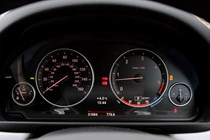
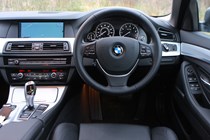
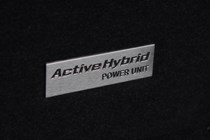

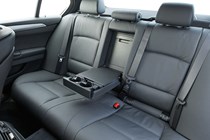

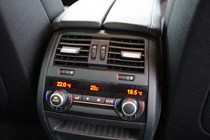
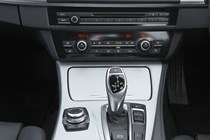
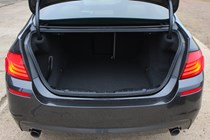
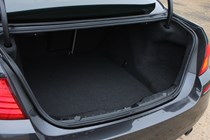
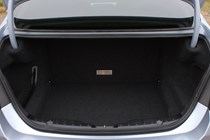
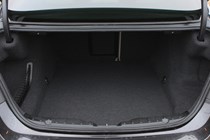
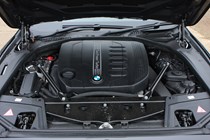
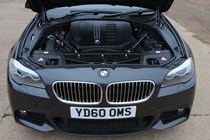
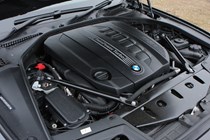
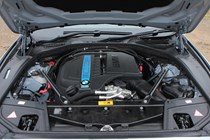
.jpg)
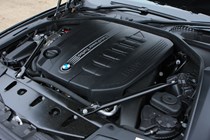
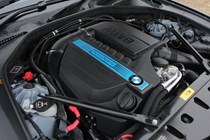
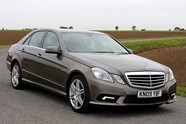
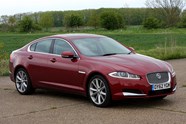
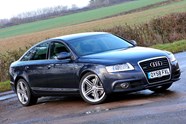










.jpg?quality=50)

.jpg?quality=50)



























































.jpg?quality=50)

